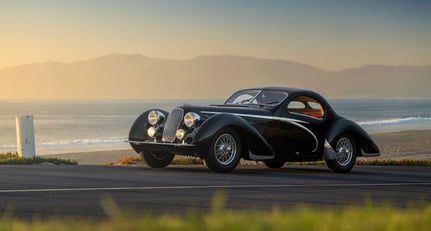Shrewd Businessmen
Automobile marques and financial instability go hand in hand, and many an automaker has fallen foul to their bank balance in the 150-odd years humans have been fitting engines to four wheels. One such marque was Talbot-Lago, whose demise was delayed considerably by the arrival of the Italian Antonio Lago. In 1932, Sunbeam-Talbot-Darracq (STD) was in financial dire straits, but that did not deter Lago one bit. He convinced the STD directors to appoint him managing director of Talbot in France for a two-year period with the option to buy the company and its holdings at any time at the 1933 value.
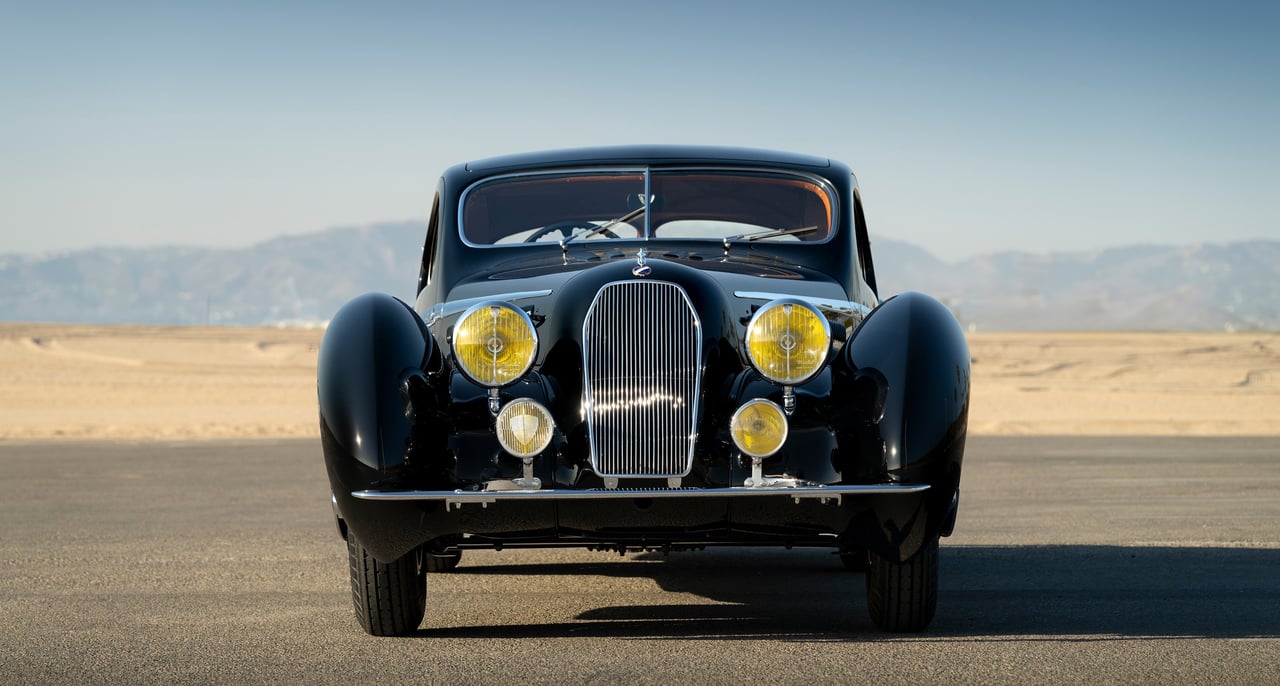

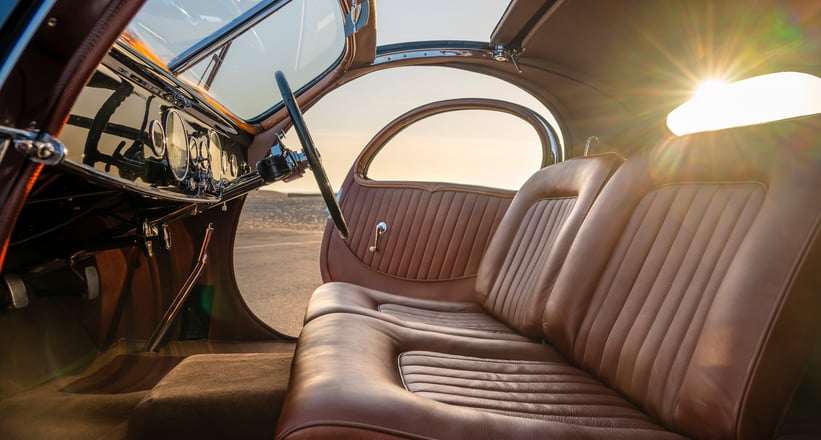
In 1935, he cashed-in on his arrangement, taking on 500,000 pounds in debt that STD still owed the bank from a 1924 loan as payment without actually handing over a cent for his acquisition. Simultaneously, Lago set about transforming the company, reducing their offerings to a more simplified lineup of engines and chassis, while he tasked Walter Becchia with redesigning the marque’s existing 14-CV six-cylinder engine for more power. Adding to the appeal, their drivetrain was enhanced with an improved four-speed Wilson pre-selector for which Lago held the patent rights.
During this same period, another man was making moves within the coach building industry. Joseph Figoni befriended Luigi Chinetti — who was running Alfa Romeo’s Parisian operation at the time — and rebodied famous racing driver Raymond Sommer’s Alfa Romeo 8C to Le Mans specification. Sommer and Chinetti went on to win the race, and soon Figoni’s list of clientele grew to include all the most famed drivers of the time.
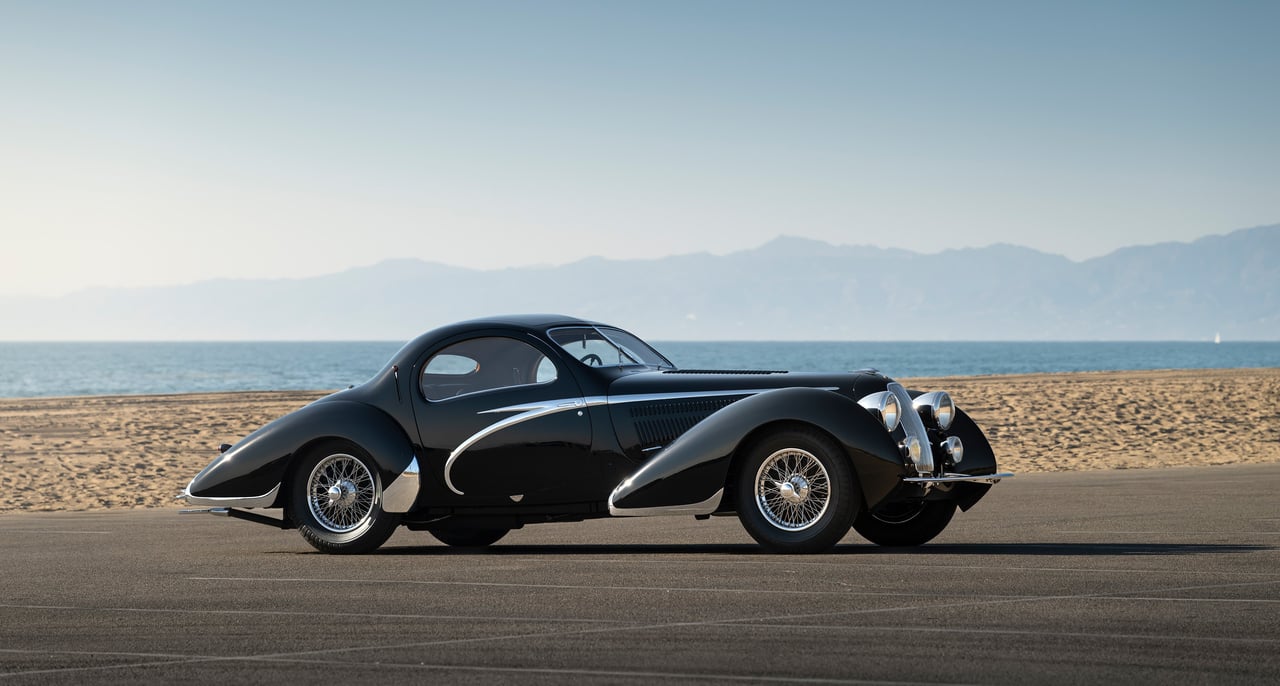
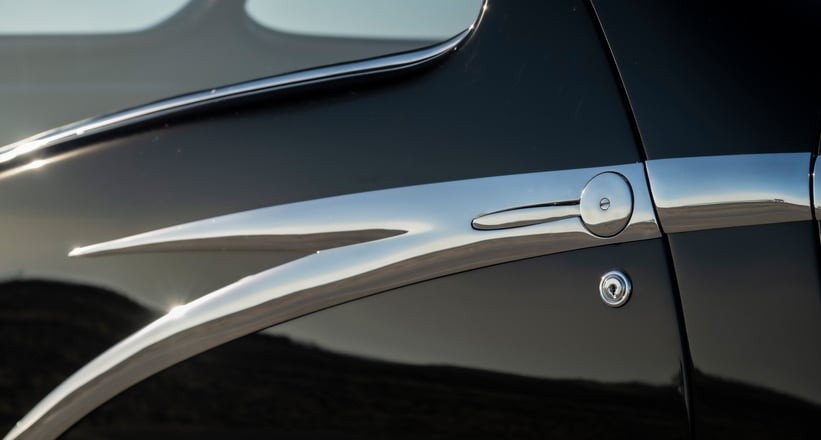
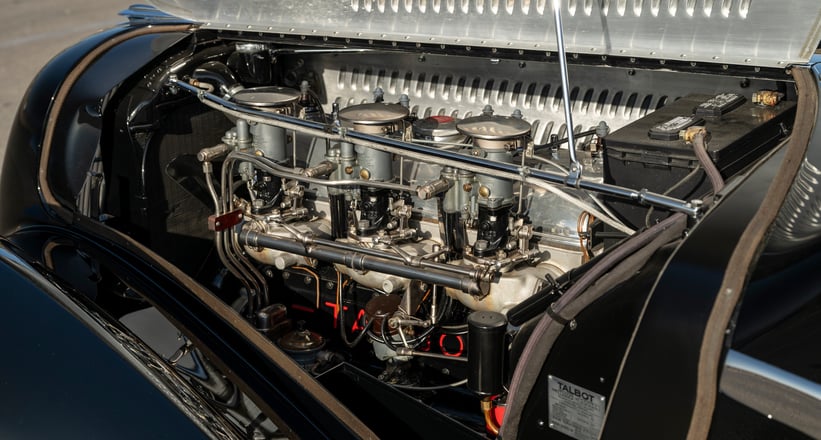
Tee’d Up for Success
In October of 1936, Lago and Becchia revealed the fruits of their labours with two new chassis. The first was the T150 C-SS, a purebred sportscar chassis fitted with Becchia's new 4.0-liter high-performance development of the 3.0-liter six, while the T150 C was mechanically identical with 30 centimetres added to the wheelbase. At 110 horsepower when fitted with three carburettors, their offering was certainly at the forefront in terms of performance, but with a price tag that nearly matched the eight-cylinder machines from Bugatti, it was also among the world’s most expensive rides.
However, Talbot-Lago’s automobiles had the looks to more than justify their considerable cost. With 30 extra centimetres to work with, Joseph Figoni designed a series of beautifully proportioned bodies to be built at the Talbot factory. The Talbot stand at the October 1934 Paris Salon featured a new, rakish prototype cabriolet by Figoni mounted on a 295 cm wheelbase chassis, fitted with a three litre engine redesigned by Becchia. It was the talk of the salon, and soon orders were rolling in for these supremely gorgeous machines.
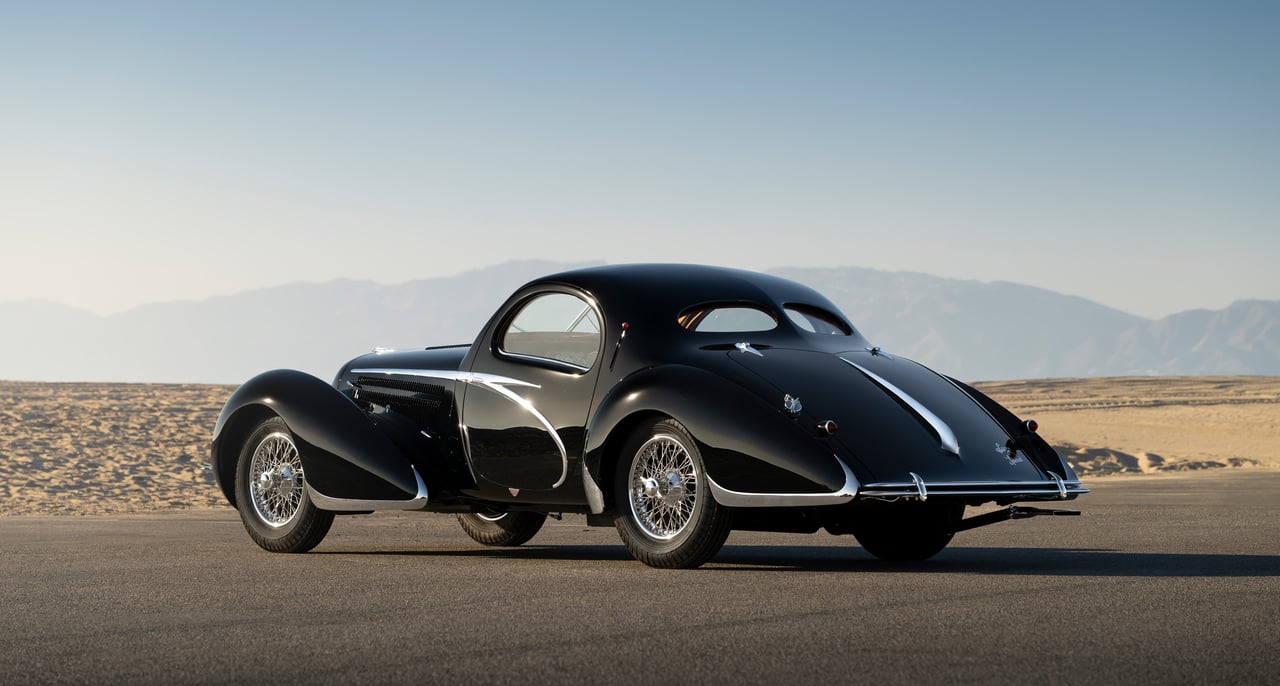
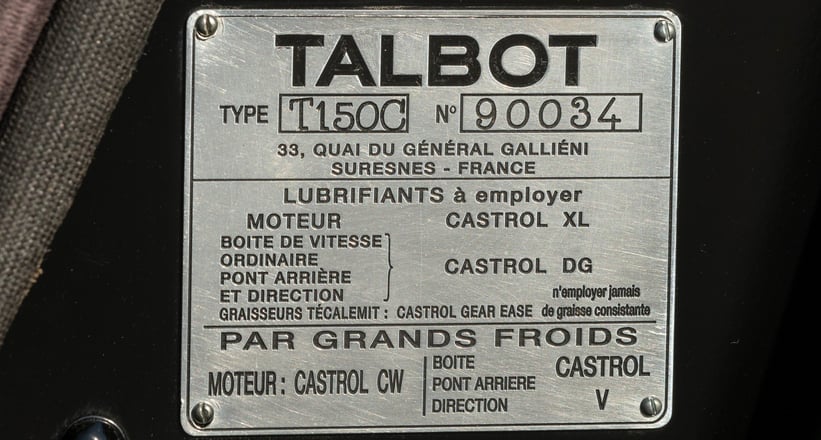

A Very Special Commission
After his tenure at Alfa Romeo, Chinetti became a sales agent for Talbot-Lago, and was handed exclusive rights to sell Talbot-Lago chassis fitted with teardrop bodies by Figoni et Falaschi in France by his dear friend Joseph. In September 1938, he sold this car — chassis 90034 — to wealthy banker and gentleman racer Antoine Schumann for the monumental sum of 165,000 francs.
Schumann opted for a Figoni et Falaschi design with a sporty open rear fender style. All the hallmarks of the Teardrop coupes were correct and present: a judicious use of chrome, a split windscreen, integrated doorhandles, a double row of side-louvres on the hood, and elegantly shaped front fenders with a smooth grille. Thanks to the T150 C’s longer chassis, Figoni’s lines on 90034 are even more harmonious and graceful than his other creations. 90034’s Jeancart greenhouse was subtly refined, while the car’s rear was enhanced with a long, sloping tail to balance its proportions.
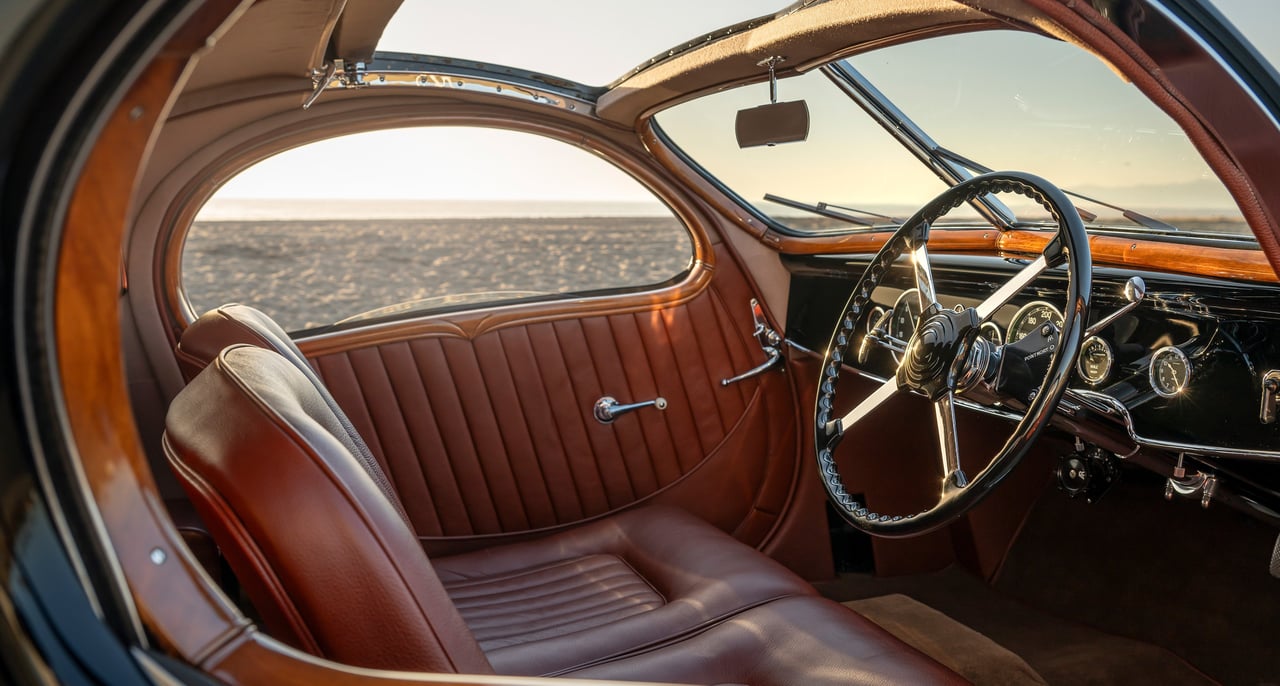
Its original specification was also something to behold: Schumann opted for a then-rare and costly metallic dark blue paint job with a black tinge, while the interior was swathed in tobacco leather with matching wood and door cappings. The body-coloured dash was fitted with Jaeger instruments, and the carpets and headliner were specified in a delicate shade of gray. Matching tobacco leather curtains were even crafted for the rear window.
Schumann didn’t stop there, though, specifying free-standing headlights that offered better illumination than the enclosed headlights seen on most Teardrops, while a full sliding sunroof, detachable rear fenders, and 'Lago Spéciale' script on the rear deck added to the extravagance. The finishing touch? A chrome sweep spear on the flanks of the body, because the quantity of chrome and a car’s elegance have always been in direct correlation.
What might motivate someone to specify such a jaw-dropping machine? Well, Schumann was in the midst of a nasty divorce around the time, and nothing helps you get over your ex like a shiny new sports car. Unfortunately, Schumann was only able to enjoy this magnificent Talbot-Lago for a short period before the Nazi invasion of France in May 1940 forced the Jewish enthusiast to leave France after stashing away his prized automobile. In the end, Antoine fled to Egypt, secured his pilot's license and joined the French Resistance.
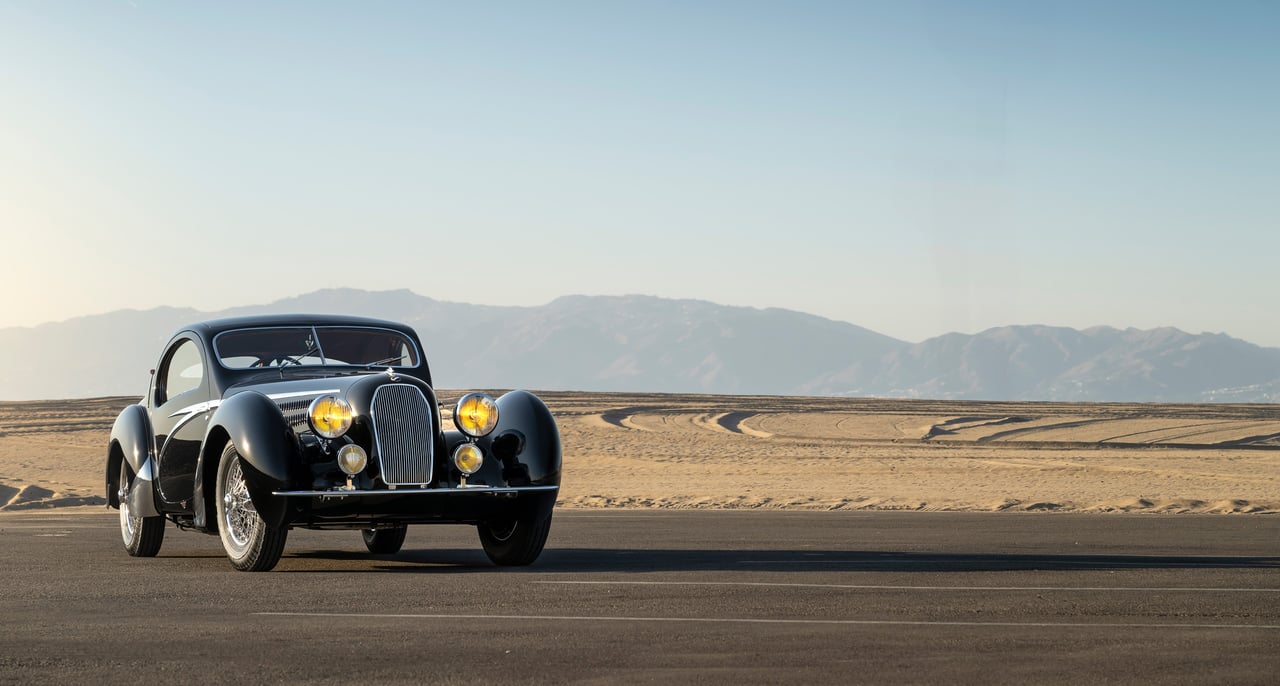
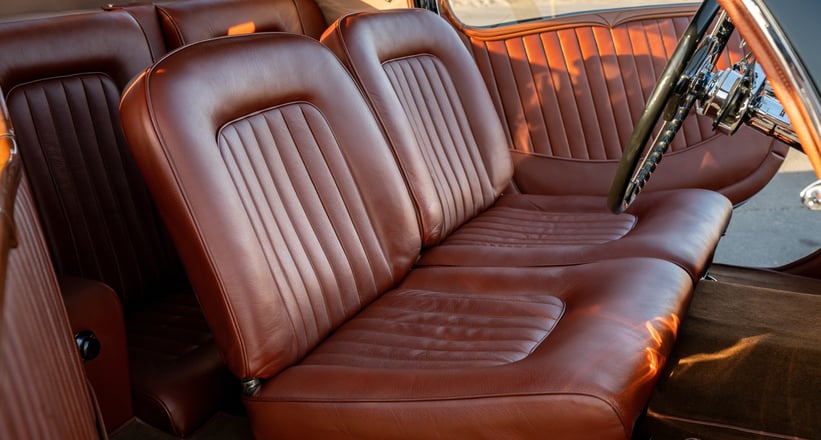
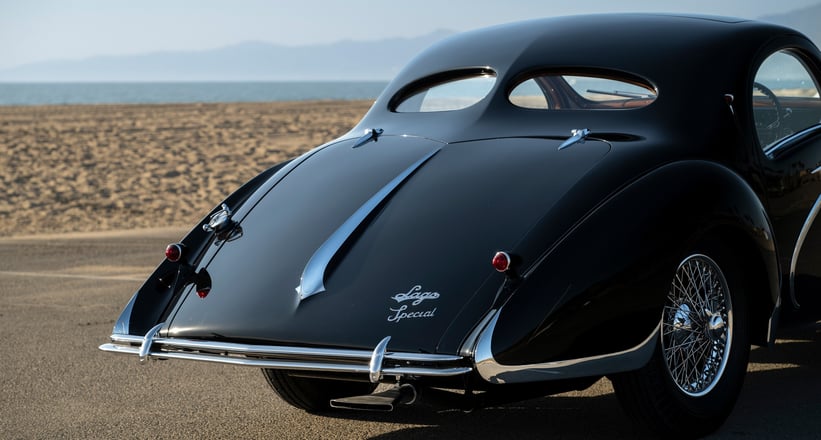
Grand Prix Glory
After Paris was liberated and Schumann returned to France, it is understood 90034 was sold in either late 1946 or early 1947. 90034 had emerged from the conflict in near-perfect condition and was purchased by Frédéric (a.k.a. Freddy) Damman, owner of the Magasins Butch clothing stores. Damman painted 90034 in grey and entered it into the Belgian Grand Prix — which, in the pre-Formula One days of 1948, meant a 24 hour endurance battle at Spa. Chassis 90034 was entered in the four litre category and given race number 92, and with Damman and co-driver Constant Debelder at the wheel, the car won its class, not bad for a nine-year-old vehicle.
According to Damman’s daughter, 90034 was simply the car he loved the most, remaining a permanent fixture in his garage for 32 years until 17 July 1979 when he finally parted with his prized Talbot.
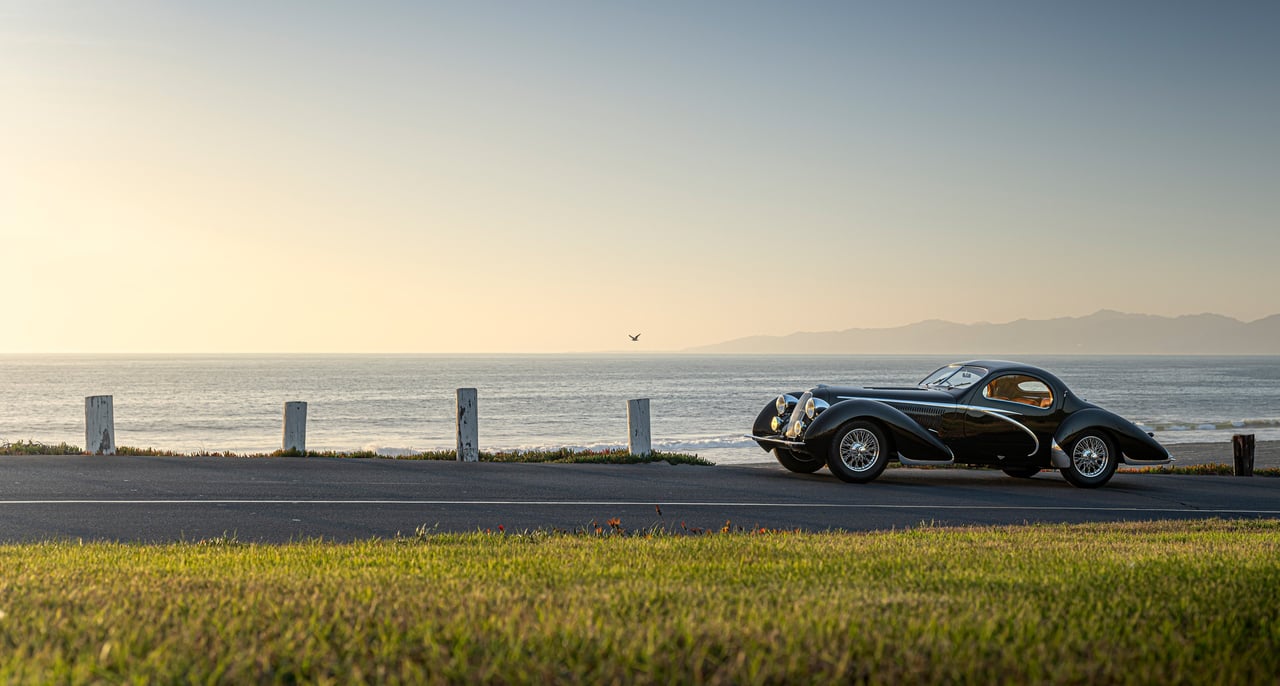
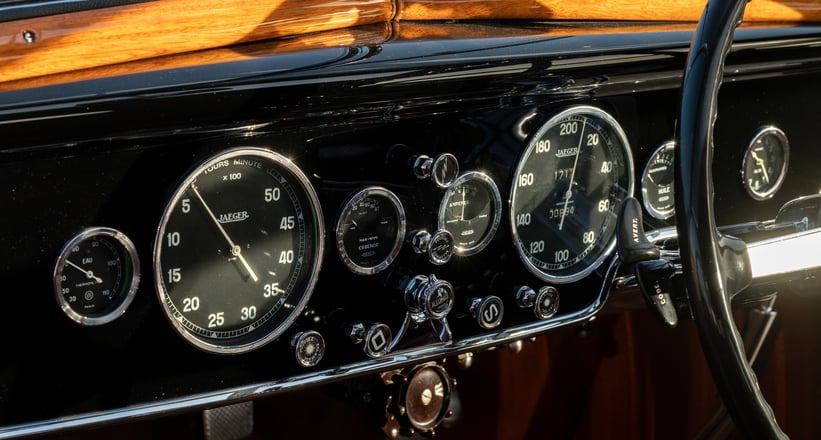
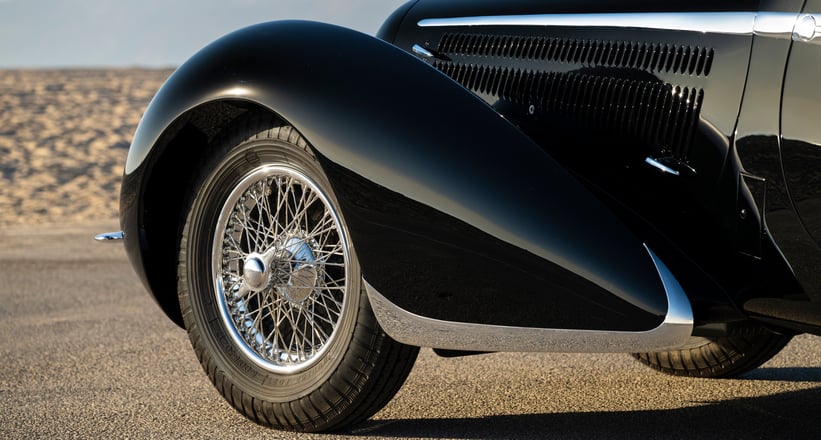
A Busy Retirement
Following its competitive stint, 90034 passed through several owners, including film producer Michael Seydoux followed by Yves Rossignol, who kept the car for 23 years and resprayed his Talbot twice: first in a two-tone livery and then plain black. Rossignol travelled with the car from France to South America after marrying a lady in Colombia, and returned to Europe with his Talbot in tow after his wife grew tired of his lack of funds. In July 2004, chassis 90034 sold to Marc Caveng, a collector-dealer based in Geneva, Switzerland, who repaired the engine head, renewing the valves. Finally penniless no more, Rossignol returned to his wife in South America.
In 2005, Caveng sold 90034 at auction in Monterey to John O’Quinn, after which it was sent to RM Auto Restorations for a comprehensive restoration. The body was repainted in a deep luminous black, while the original tobacco leather was renewed in the same shade along with the original wood trim, which was kept and refinished. Thanks to its extraordinary state of preservation, almost all panels on 90034 remain original. Meanwhile, the engine and mechanicals were meticulously refreshed. After John O’Quinn passed in October 2009, chassis 90034 was sold to its current owner in August 2010 during Pebble Beach Car Week and has remained in the care of an important collection on the West Coast of the United States since. Now it is looking for a new home, and you could add your name to this Talbot-Lago’s incredible story as it heads to Broad Arrow Auctions’ Villa d’Este sale on May 25th.
Photos by Robin Adams / Courtesy of Broad Arrow Auctions.



















